MMTS-Hundry Intercity Express train collision: Loco pilot rescued after eight hours
Tue 12 Nov 2019, 11:33:25
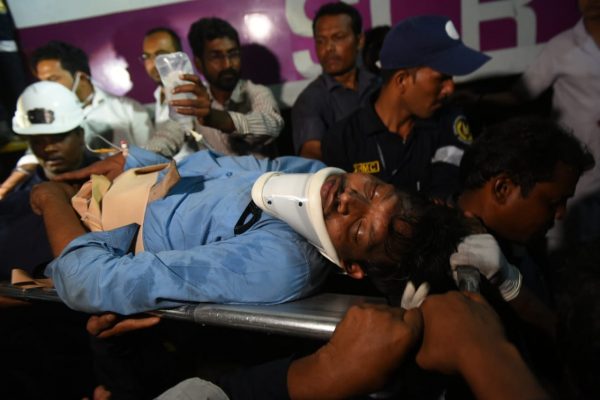
With an oxygen mask and in between, medicines given through hands reaching through the mangled metal of the crushed bogie, the condition of 35-year-old Chandrashekhar was in doubt for the entire duration of the rescue operation, which began after 11 am and ended around 6.30 pm after the Lingampally – Falaknuma MMTS train that he was piloting collided with the Hundry Intercity Express around 10.30 am.
The National Disaster Response Force (NDRF) and GHMC’s Disaster Response Force (DRF) teams had to struggle without a break to rescue the loco pilot.
Fearing that he would be hurt if gas cutters were used to cut through the metal, they used high-tech equipment. To help the rescue teams, a medical team was constantly present, supplying oxygen, ORS, IV fluids and other emergency medicine to the loco pilot at regular intervals.
“He was responding to us whenever we tried to talk to him. However, from 4 pm, he was only mumbling. We managed to supply medicine to him through his
hand and leg, which were the only accessible parts for us,” said Dr Raminder, Railway Medical Officer, Kacheguda.
hand and leg, which were the only accessible parts for us,” said Dr Raminder, Railway Medical Officer, Kacheguda.
According to railway officials, Chandrashekar has around three years of experience as a loco pilot with express trains. “He was operating MMTS trains in the city for the last six months. Before becoming a loco-pilot, he worked as an assistant loco-pilot,” officials said.
Meanwhile, with news of the train collision spreading fast, several local residents rushed to the spot. Apart from helping those who were injured with initial first aid and drinking water, the local residents stood around till Chandrashekhar was taken out of the mangled bogie, cheering the NDRF and DRF teams for their efforts.
As for the other injured, officials said nine of the 16 injured were discharged, while seven were still undergoing treatment. Ex gratia has been paid to all the injured passengers, according to an SCR release.
No Comments For This Post, Be first to write a Comment.
Most viewed from Hyderabad
Most viewed from World
AIMIM News
Latest Urdu News
Most Viewed
May 26, 2020
Can Lionel Messi's visit boost Indian football?
Latest Videos View All
Like Us
Home
About Us
Advertise With Us
All Polls
Epaper Archives
Privacy Policy
Contact Us
Download Etemaad App
© 2025 Etemaad Daily News, All Rights Reserved.

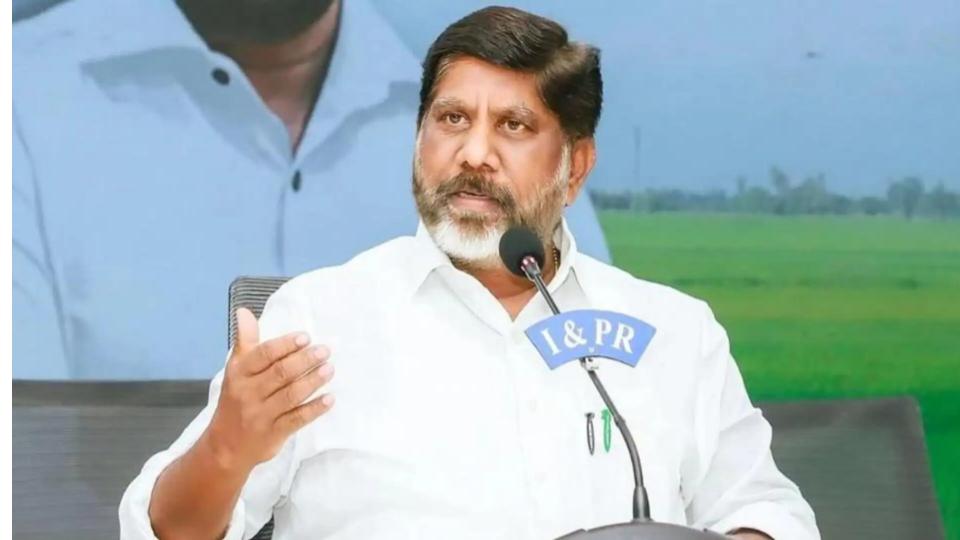
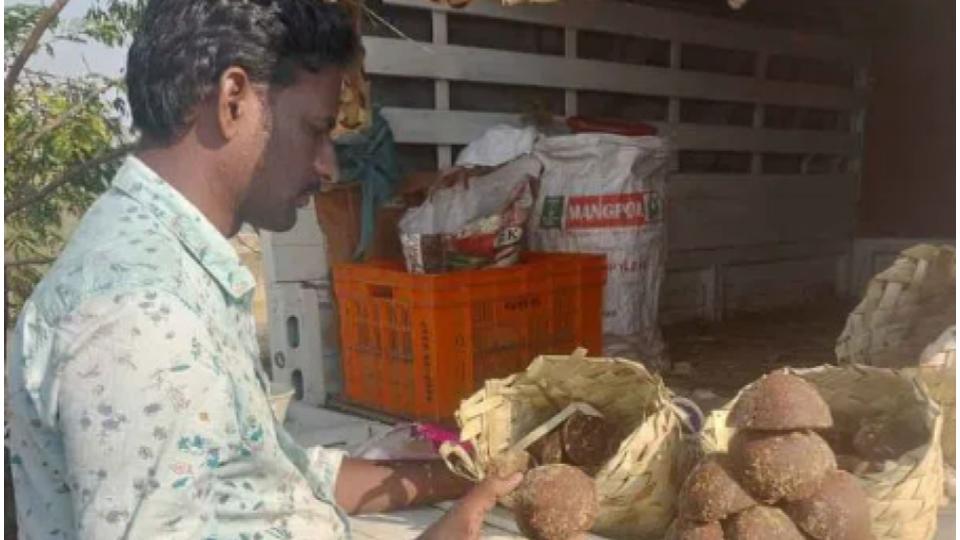
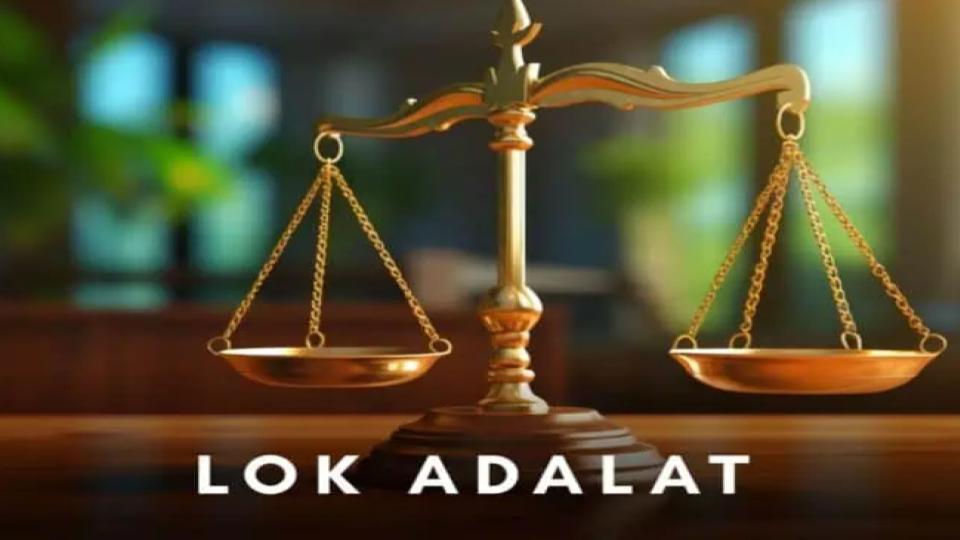
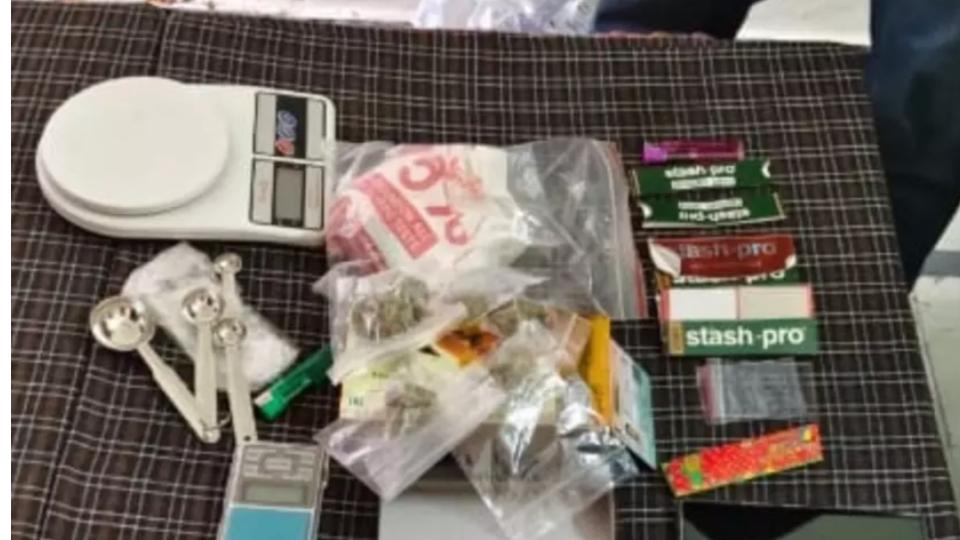

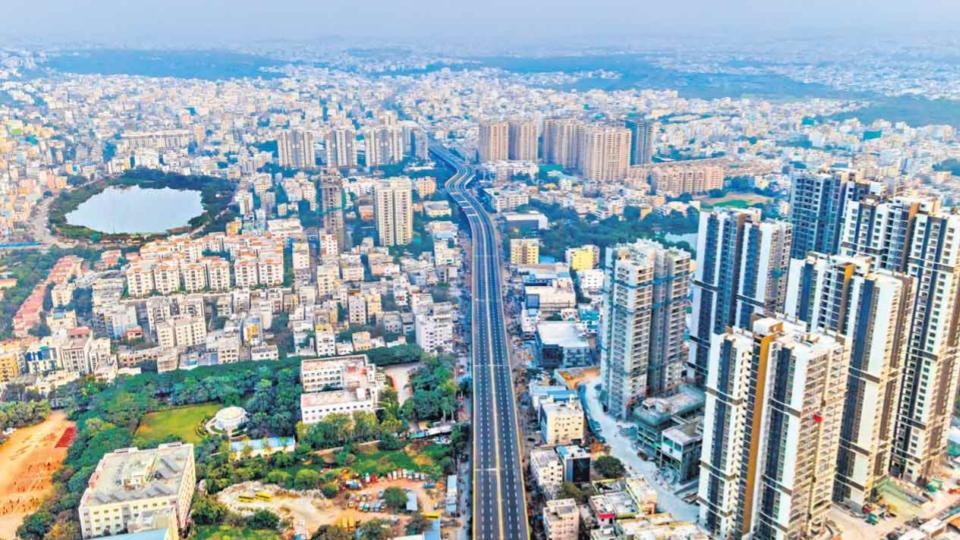
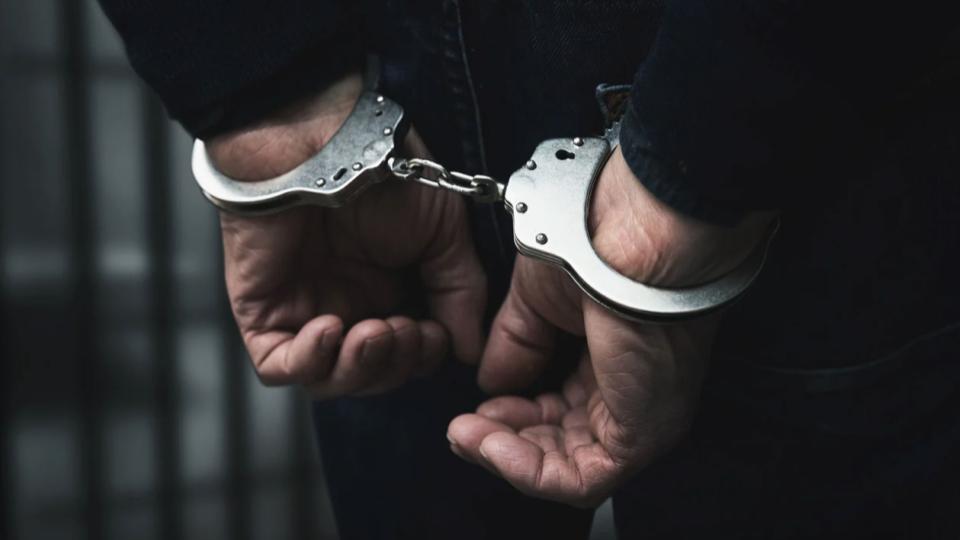
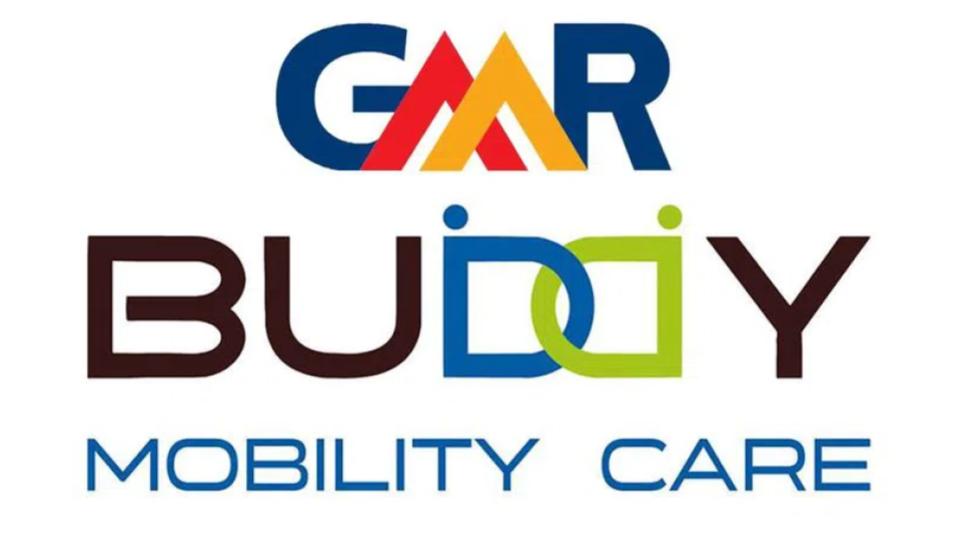

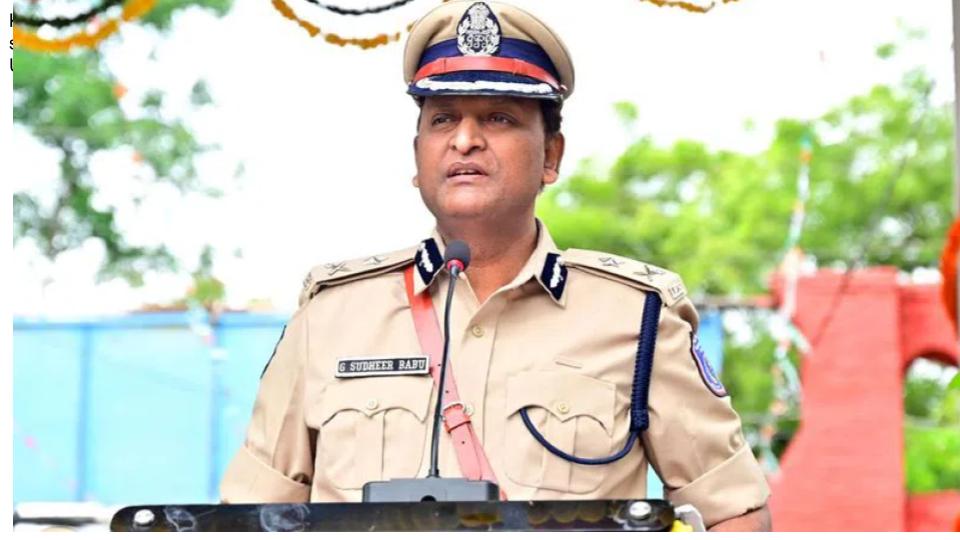
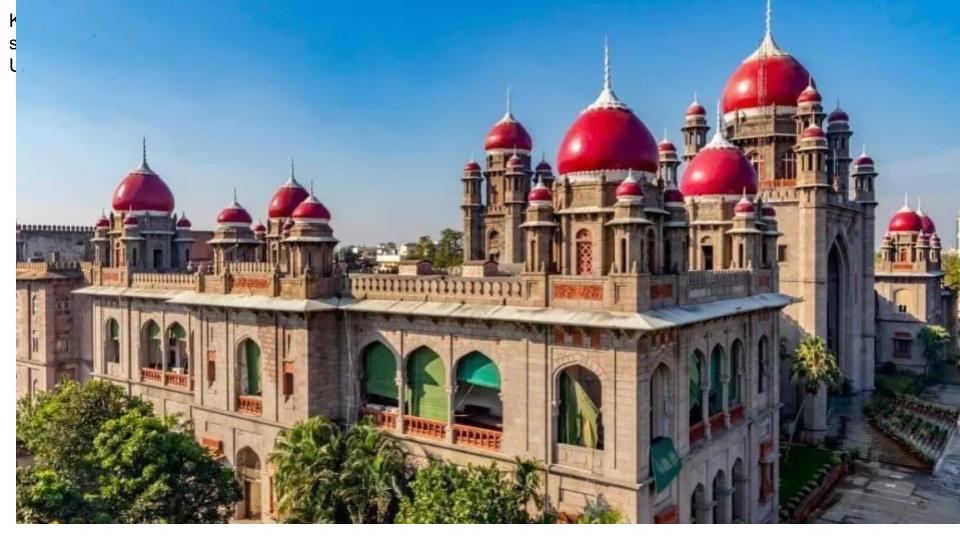
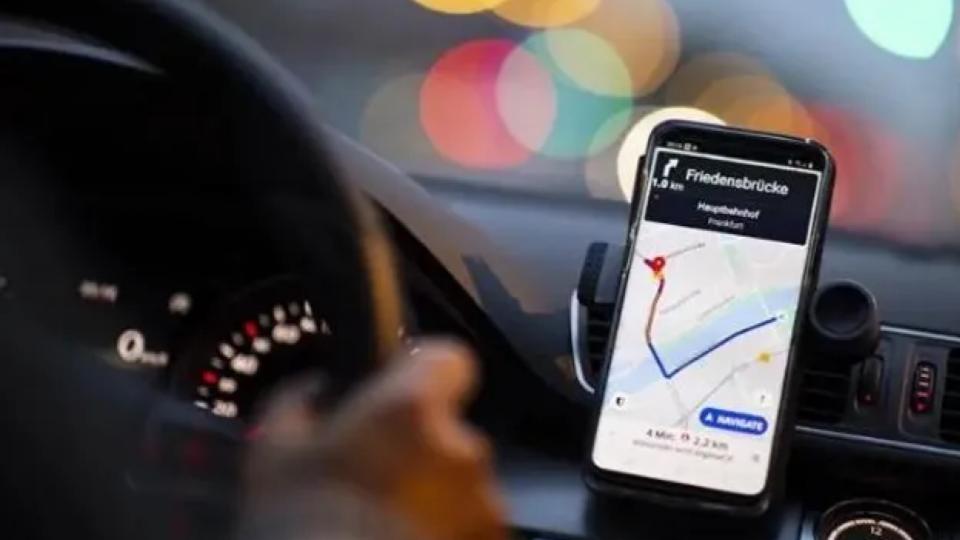
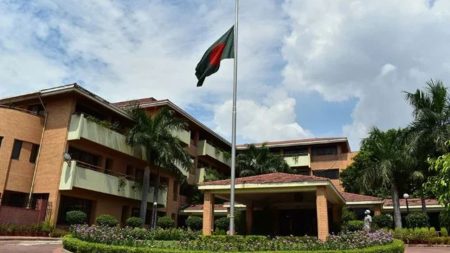
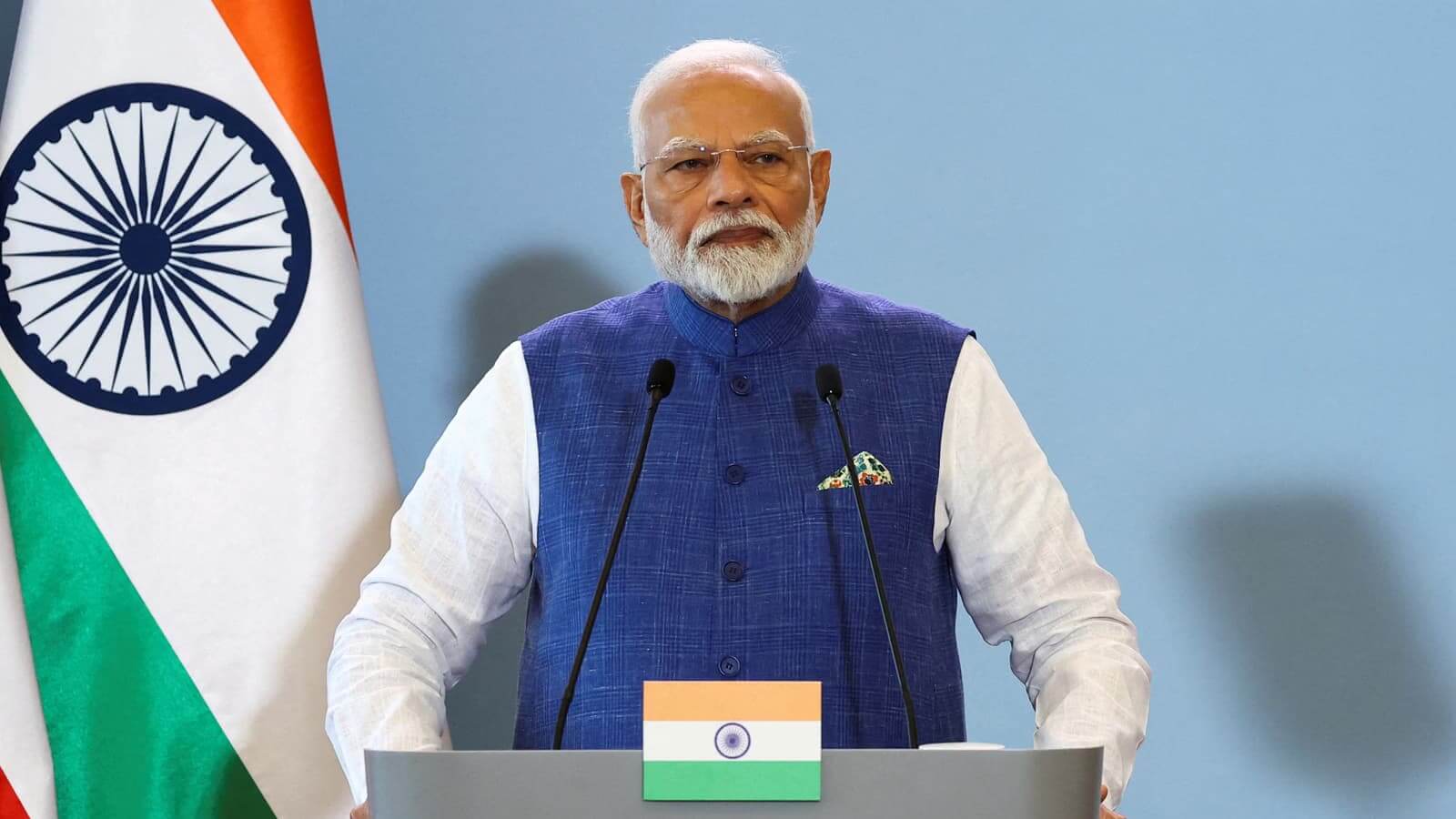
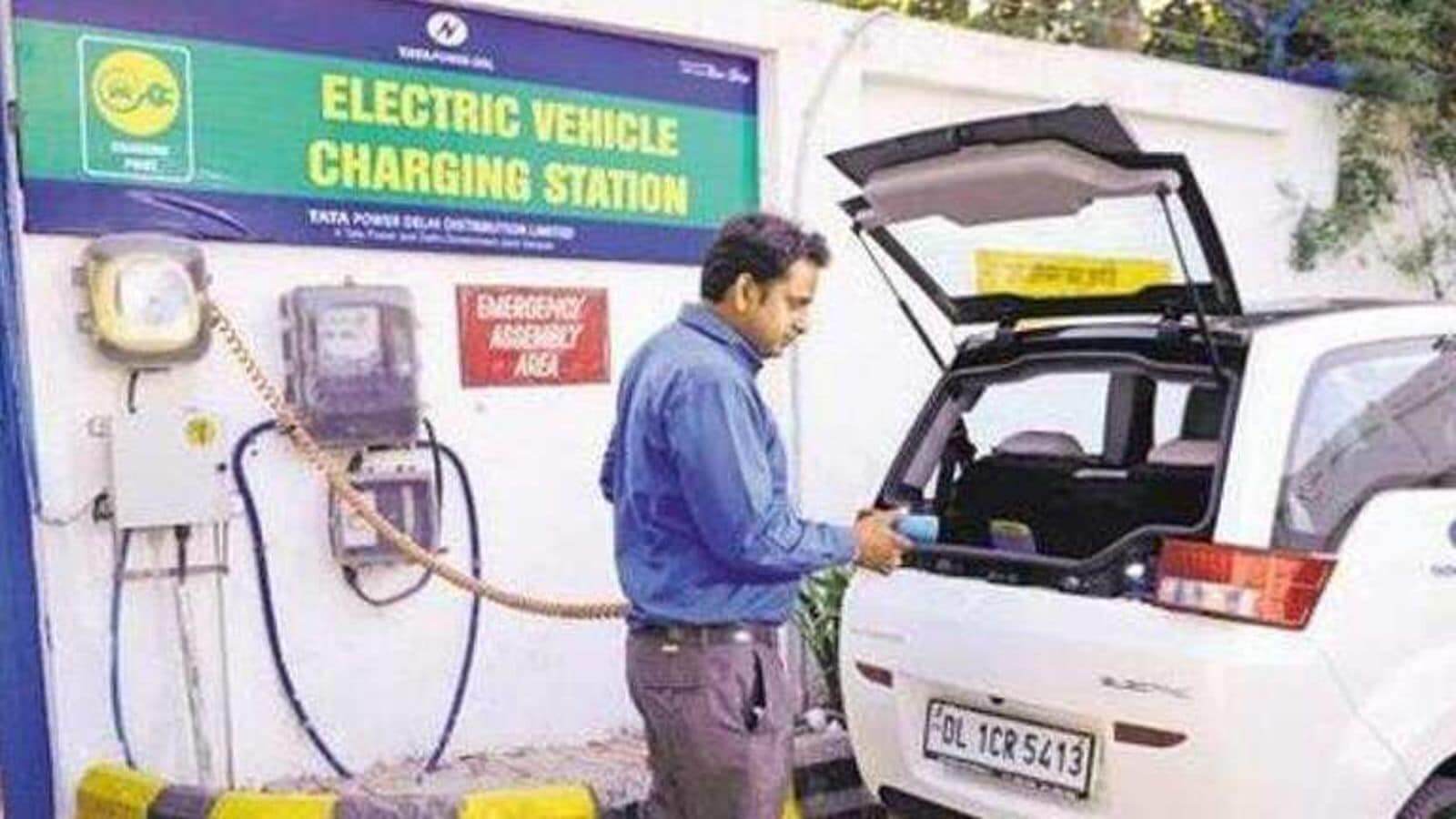
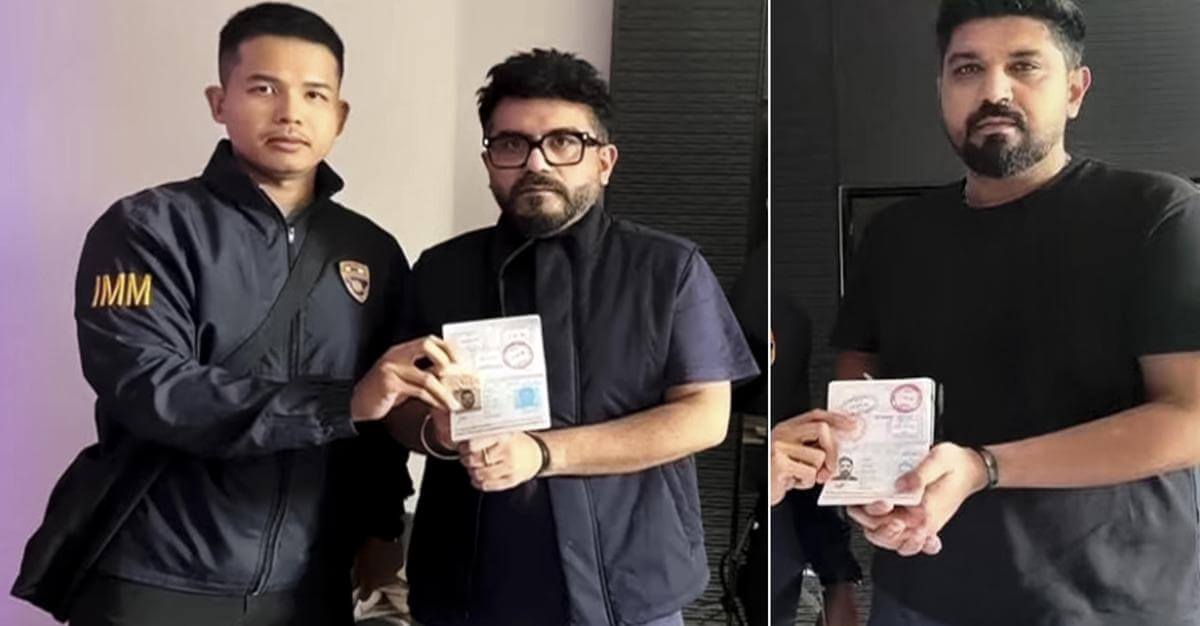
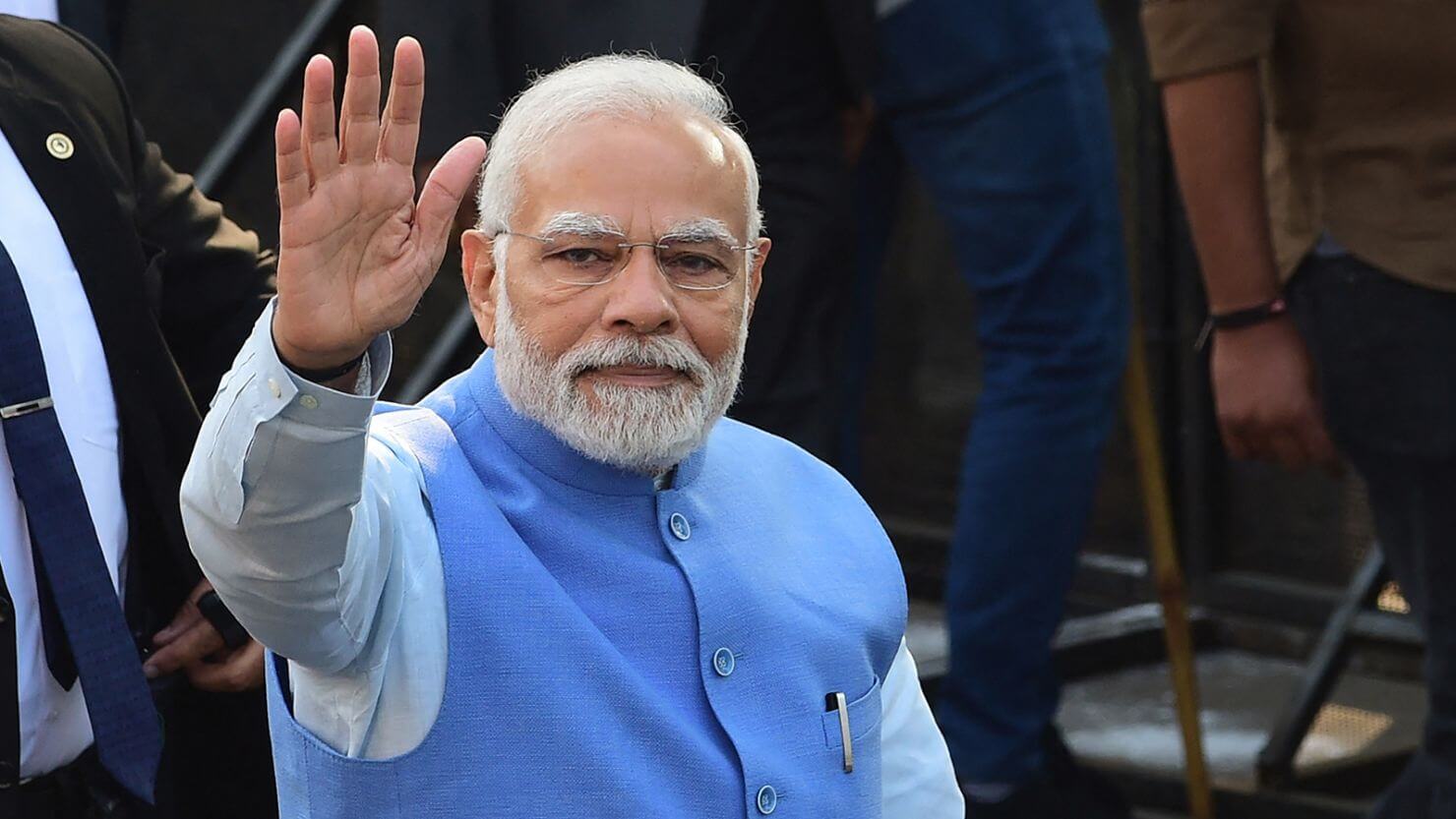
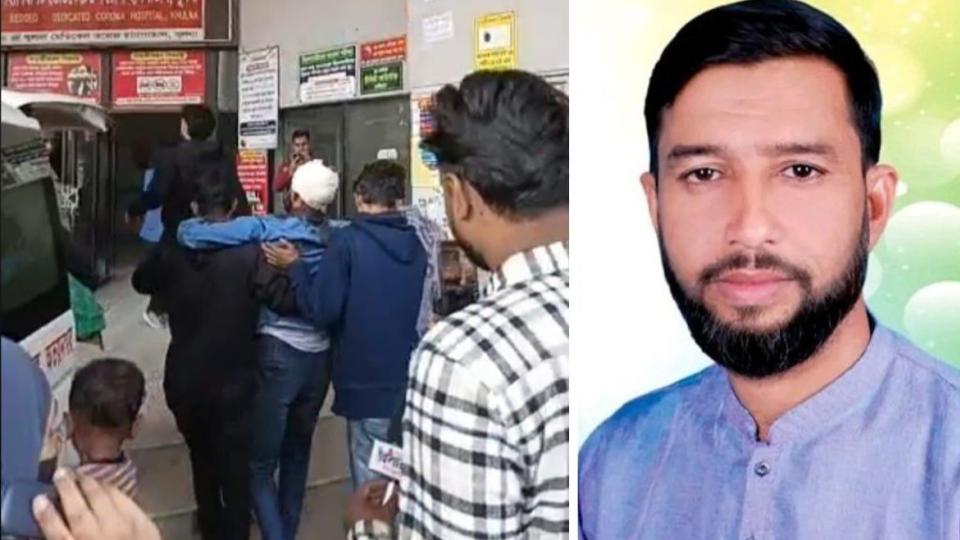
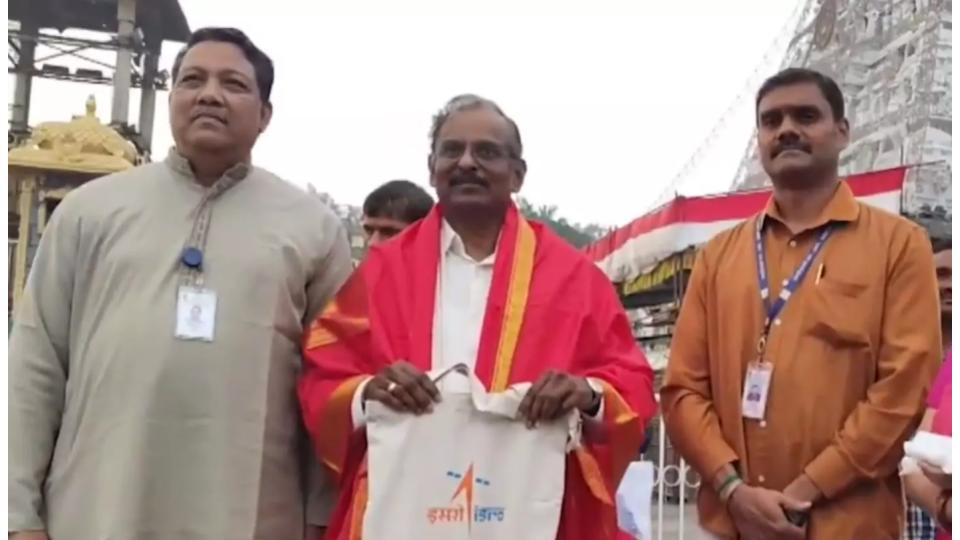
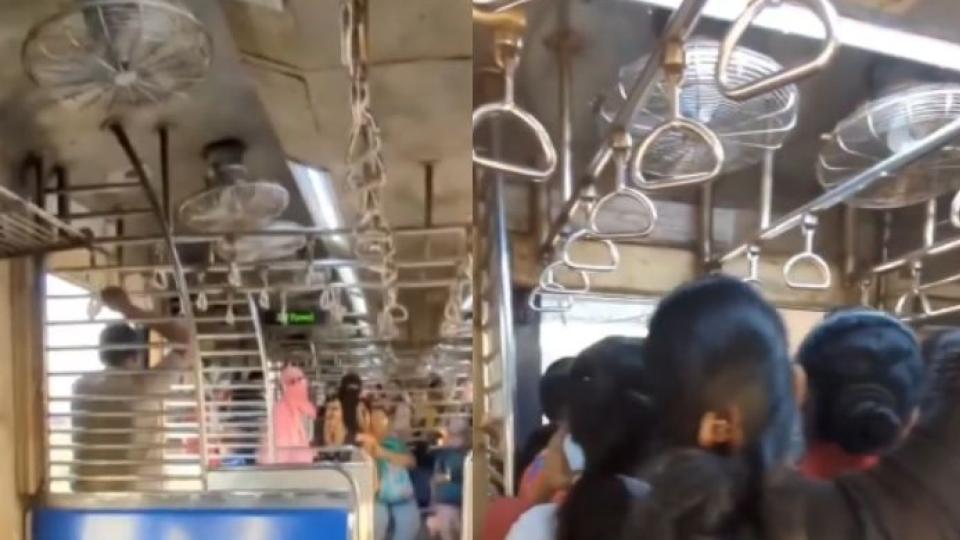
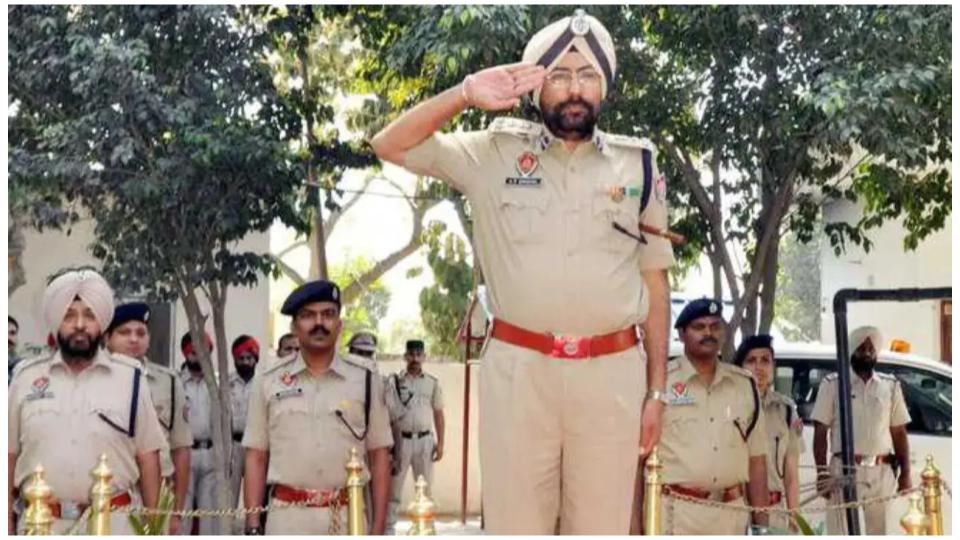
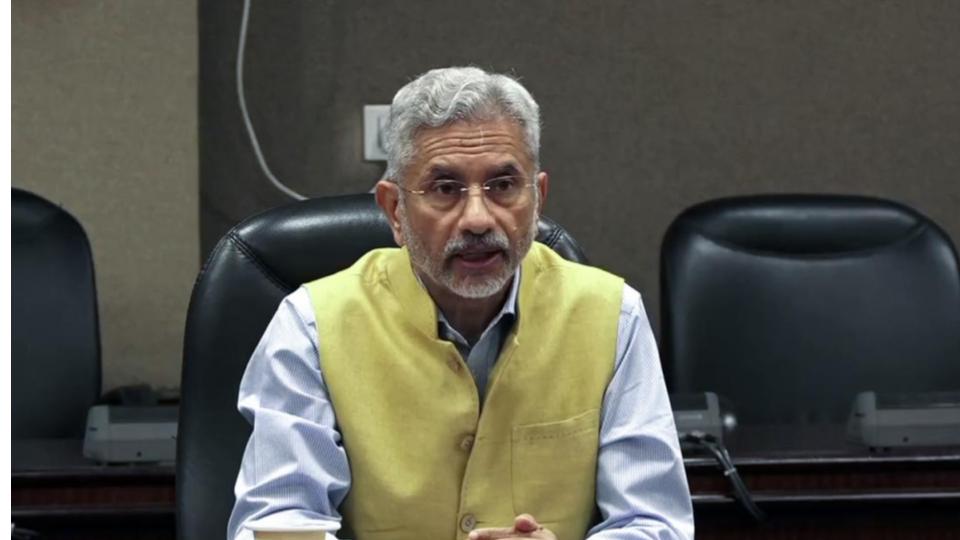
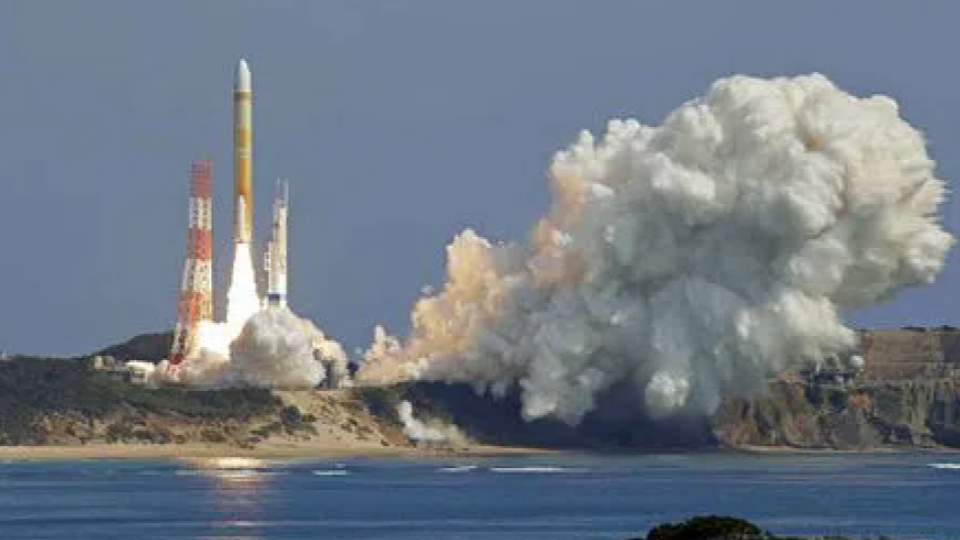


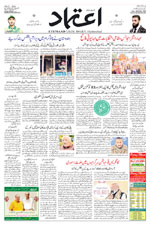


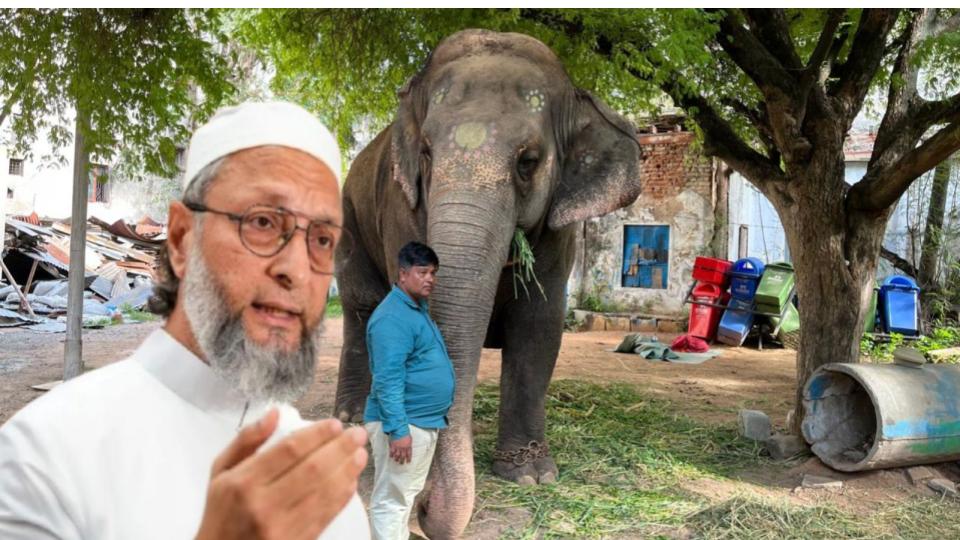
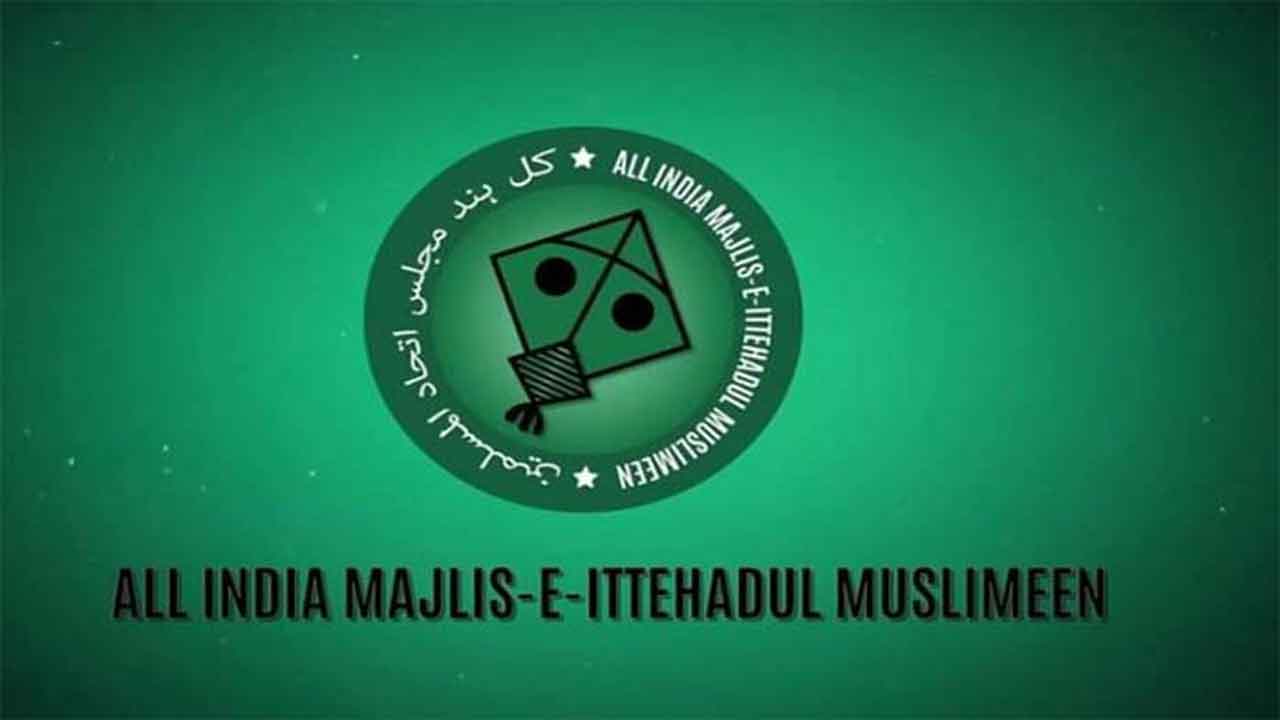
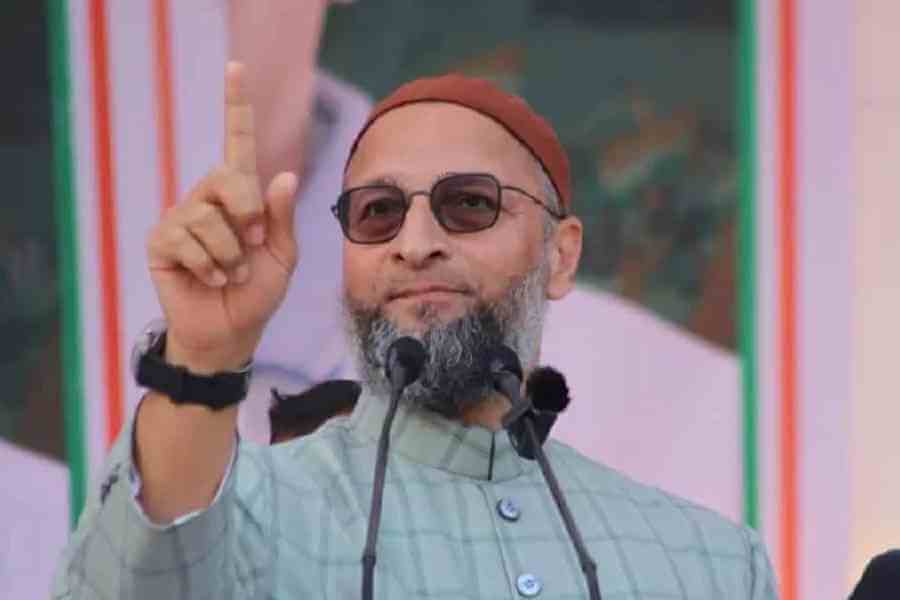
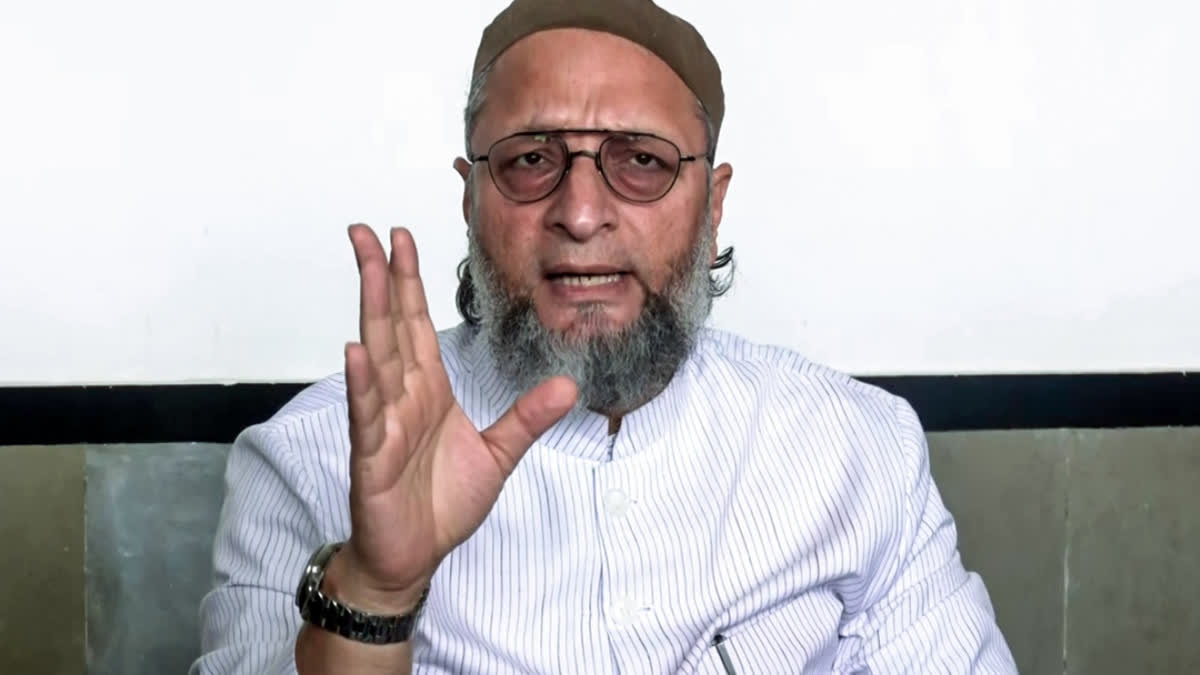
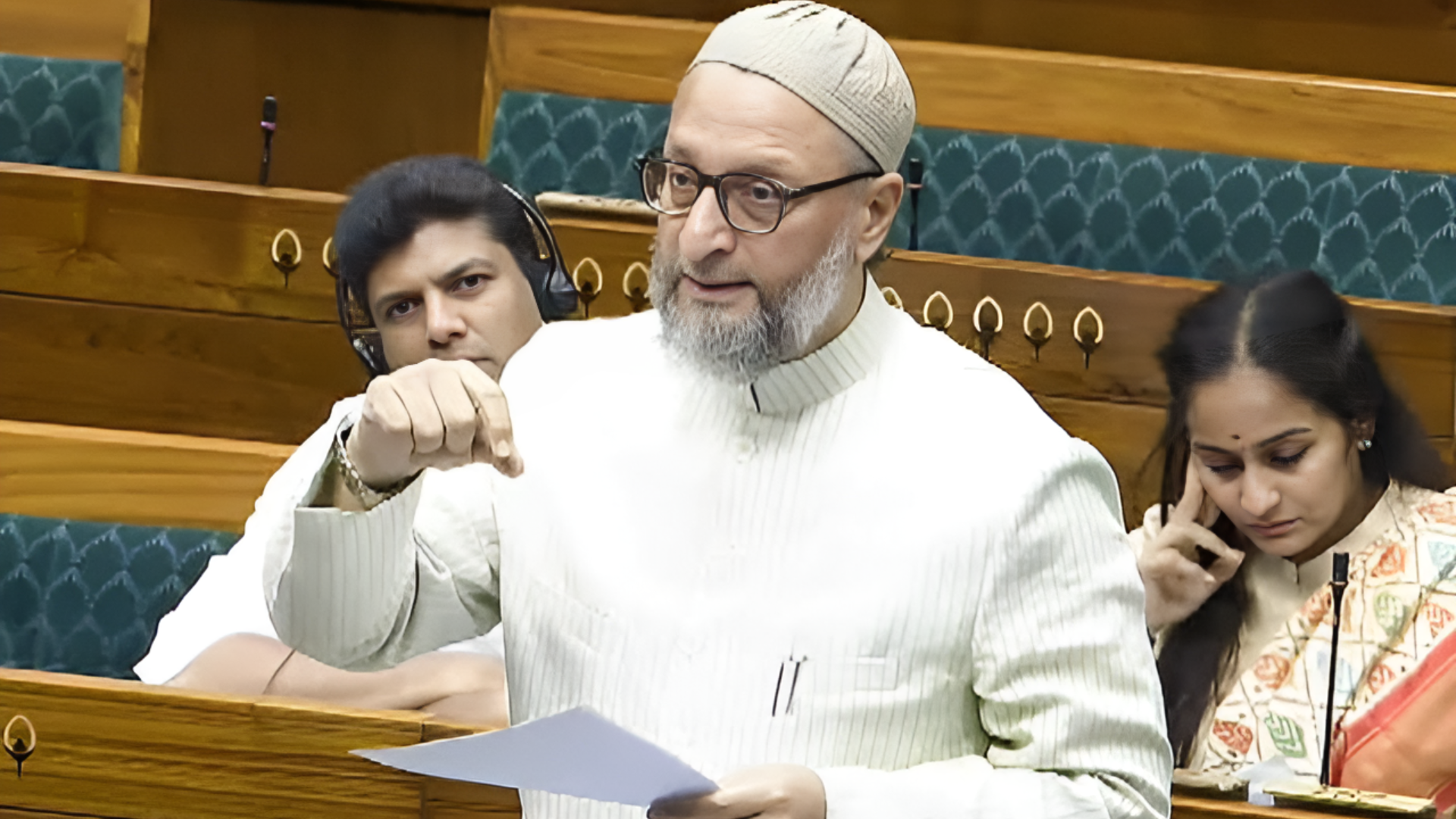
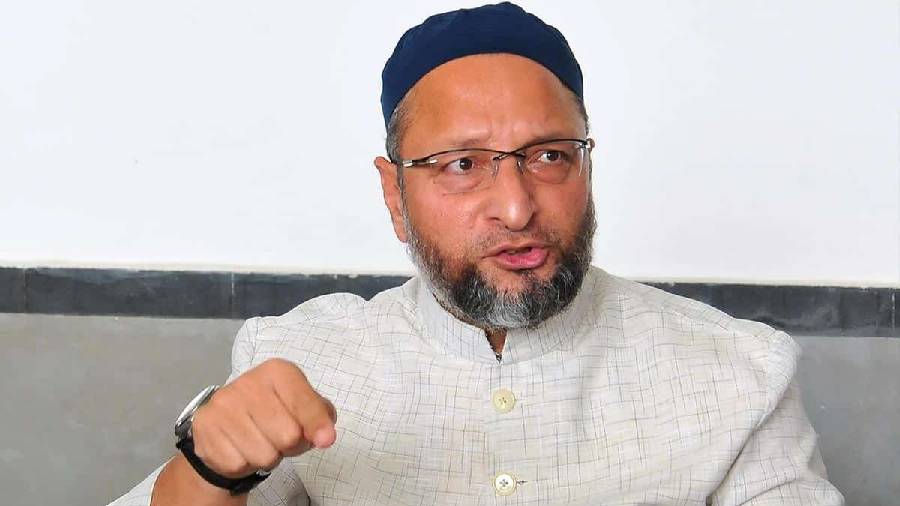
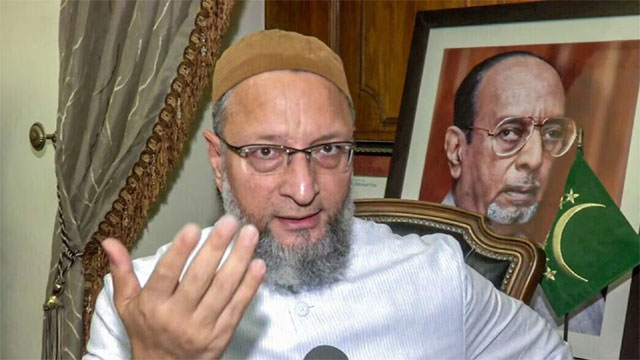
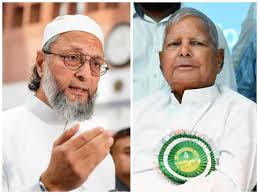
.jpg)
.jpg)
.jpg)


